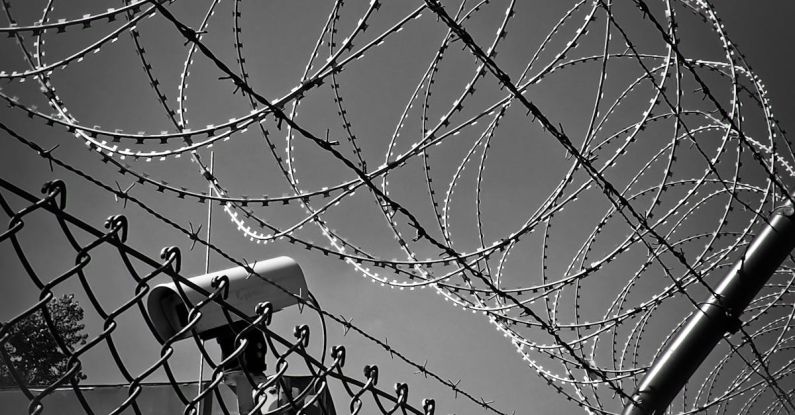What Is the Role of Access Control in Emergency Situations

In times of emergency, whether it be a natural disaster, a medical crisis, or a security threat, quick and efficient response is crucial. Access control plays a vital role in managing these situations, ensuring that only authorized personnel have entry to certain areas and resources. By implementing proper access control measures, organizations can enhance their emergency response protocols and better protect individuals and assets. Let’s delve into the key aspects of access control in emergency situations.
Enhancing Security Measures
Access control systems provide a layer of security that is essential during emergencies. By restricting access to specific locations or resources, organizations can prevent unauthorized individuals from entering sensitive areas where they may pose a threat. In the event of a security breach or emergency situation, access control systems can quickly lock down areas, limiting the movement of individuals and containing the situation effectively.
Managing Evacuation Procedures
During emergencies such as fires, natural disasters, or active shooter situations, swift evacuation is critical to ensuring the safety of everyone in the affected area. Access control systems can help facilitate orderly evacuations by controlling the flow of people and directing them to safety. By restricting access to certain exits or guiding individuals to designated evacuation routes, access control systems play a crucial role in managing evacuation procedures and preventing chaos during crises.
Ensuring Accountability and Monitoring
Access control systems also provide organizations with the ability to monitor and track individuals’ movements during emergencies. By maintaining a record of who accessed certain areas and when, organizations can establish accountability and ensure that all personnel are safe and accounted for. In the event of a crisis, this information can be invaluable for emergency responders, enabling them to quickly locate individuals who may be in danger or require assistance.
Integrating with Emergency Response Systems
Effective emergency response requires seamless coordination between access control systems and other security measures. Integrating access control systems with emergency response protocols allows organizations to automate certain actions in the event of an emergency. For example, access control systems can be programmed to automatically lock down certain areas, send alerts to emergency personnel, or trigger alarms in response to specific events. This integration streamlines emergency response efforts and ensures a swift and coordinated reaction to crises.
Facilitating Communication and Coordination
Access control systems can also facilitate communication and coordination among emergency responders, security personnel, and other relevant parties. By providing real-time access to information about the status of access points, the location of individuals, and the deployment of resources, access control systems enable stakeholders to make informed decisions and coordinate their efforts effectively. This real-time visibility is essential for managing emergencies efficiently and minimizing potential risks.
Conclusion: Safeguarding People and Assets in Times of Crisis
In conclusion, access control plays a critical role in enhancing security measures, managing evacuations, ensuring accountability, integrating with emergency response systems, and facilitating communication and coordination during emergency situations. By implementing robust access control measures, organizations can better safeguard their people and assets, mitigate risks, and respond effectively to crises. In an increasingly uncertain world, access control is a key component of comprehensive emergency preparedness strategies, helping organizations protect what matters most when it matters most.





